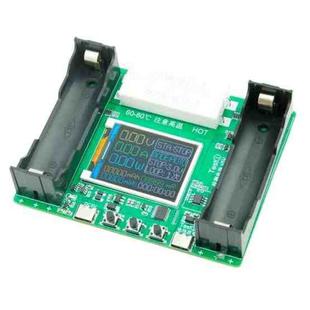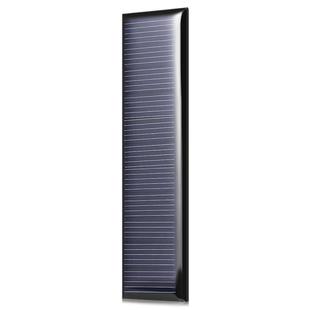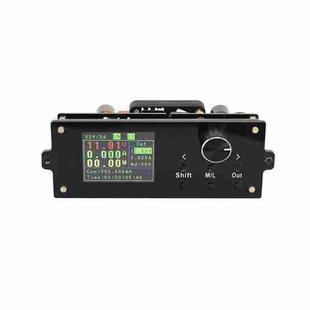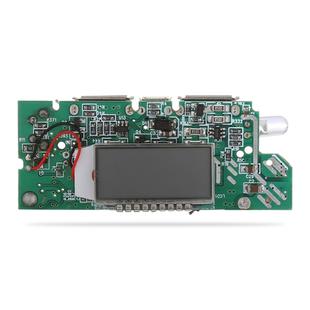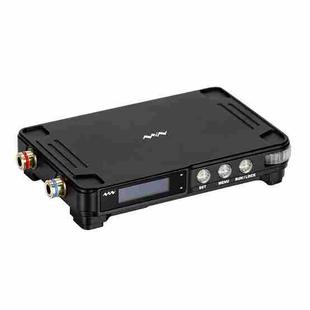Description
1. Working power supply: DC5V external power supply or 18650 battery (both need to be prepared by yourself)
2. Applicable batteries: batteries that meet the stop discharge voltage of 2.5~3.5V and 4.2V charging are applicable
3. Power supply interface: Type-C interface, power supply line is prepared by yourself (C port mobile phone line)
4. System language: Chinese, English
5. Test quantity: 1-way charging and discharging measurement (only right battery)
6. Internal resistance measurement: Support, use DC two-wire method to test internal resistance
7. Charging function: Support, 1-way program control about 1A (MAX) charging; 1-way hardware control about 0.5A (MAX) charging
8. Discharging function: Support, only 1-way supports about 1A (MAX) discharge and automatically stops when the condition is met
9. Automatic charging and discharging: Support, the battery is fully charged at the end of automatic mode (stop voltage is set to 2.8V or above)
10. Cyclic charging and discharging: Support, 1~9 cycles adjustable
11. Status prompt: Supported
12. Stop discharge voltage: 2.5V, 2.6V, 2.7V, 2.8V, 2.9V, 3.0V, 3.1V, 3.2V, 3.3V, 3.4V, 3.5V, 11 levels adjustable
13. Discharge current: two resistors, about 1A current (MAX), not adjustable, does not support self-modification
14. Charging voltage: controlled by dedicated battery charging chip, about 0.5A/1A charging (MAC), full charge voltage 4.2V
15. Power off save: only save the setting parameters, not the measurement data
16. Weight: 80g
17. Product size: 110×88x30mm
Test method:
Wait a few seconds after installing the battery, read the battery data, and the battery voltage and internal resistance parameters will be displayed. There will be a delay in data loading during the battery loading and unloading process. Check after the data stabilizes
About capacity test:
The discharge must be completed to measure the capacity. I have never met anyone who wants to measure the capacity just by installing the battery. Discharge takes time. You have to wait for the discharge to end automatically to have a complete capacity in the discharge stage
This product uses the DC two-wire method to test the battery internal resistance principle:
DC impedance is based on the physical formula R=V/I, the test set The battery is forced to pass a large constant DC current (currently 10A-80A is generally used) in a short period of time (usually 2-3 seconds), and the voltage at both ends of the battery is measured, and the current battery internal resistance is calculated according to the formula. The DC two-wire test internal resistance is the result of the middle line resistance, and the result is used for reference comparison between batteries tested in the same batch. Due to the influence of contact resistance and battery self-loss, the internal resistance may not be identified normally and cannot be measured. For those with high requirements for internal resistance measurement accuracy, the TS235 internal resistance tester (AC four-wire method) can be used for internal resistance testing.






